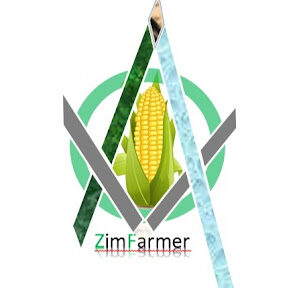
The “bird flu” or avian influenza is a serious illness caused by any one of the many different strains of influenza or flu-type viruses that have adapted to chickens, other bird species, as well as many mammals and humans. All of the influenza viruses that birds can contract are classified as an: “influenza A virus”.
Chicken carriers, infected with this deadly virus will not exhibit flu-like symptoms, but will spread the virus quickly to the entire flock through their bodily fluids. Because this virus is often undetectable, and can mutate so rapidly, wiping out an entire flock and spreading to others within days, and can potentially adversely affect the human population, this is by far the most important health problem to attempt to understand. The highly pathogenic H5N1 strain was identified in Asia in 2003, surfacing on almost every continent and many countries since. Disease control centers all over the world are watching this virus closely because of its devastating potential, not only to chickens, birds, mammals, but to humans alike.
While some vaccines are available for some of the influenza A virus strains, there is not a known cure. When acquiring a new chicken or flock, be sure it comes from a legal poultry dealer. Illegal poultry traders are unregulated and often motivated by money, not safety.
Avian Influenza Signs:
– Facial swellings, blue combs and wattles.
– Bleeding into gizzard, skeletal muscles and trachea.
– Nervous disorders.
– Dark red/white spots develop in the legs and combs of chickens.
– Blood-tinged discharge from the nostrils.
– Death of chickens up to 100 percent.
Avian Influenza Treatment:
– There is no treatment for avian influenza.
– Antibiotics may reduce losses from secondary infections.
– Strict quarantine and rapid destruction of all infected flocks remains the only effectivemethod of stopping an avian influenza outbreak. If you suspect you may have Avian Influenza in your flock, even the mild form, you must report it to the veterinarian’s office. A proper diagnosis of avian influenza is essential.
Prevention:
Strict biosecurity procedures should be practiced. Direct or indirect contact of susceptible birds with waterfowl, shorebirds and birds or poultry products from endemic AI areas must be avoided.
Click and share with fellow farmers
Recovery:
– Resting of khola and cull all birds in the batch.
